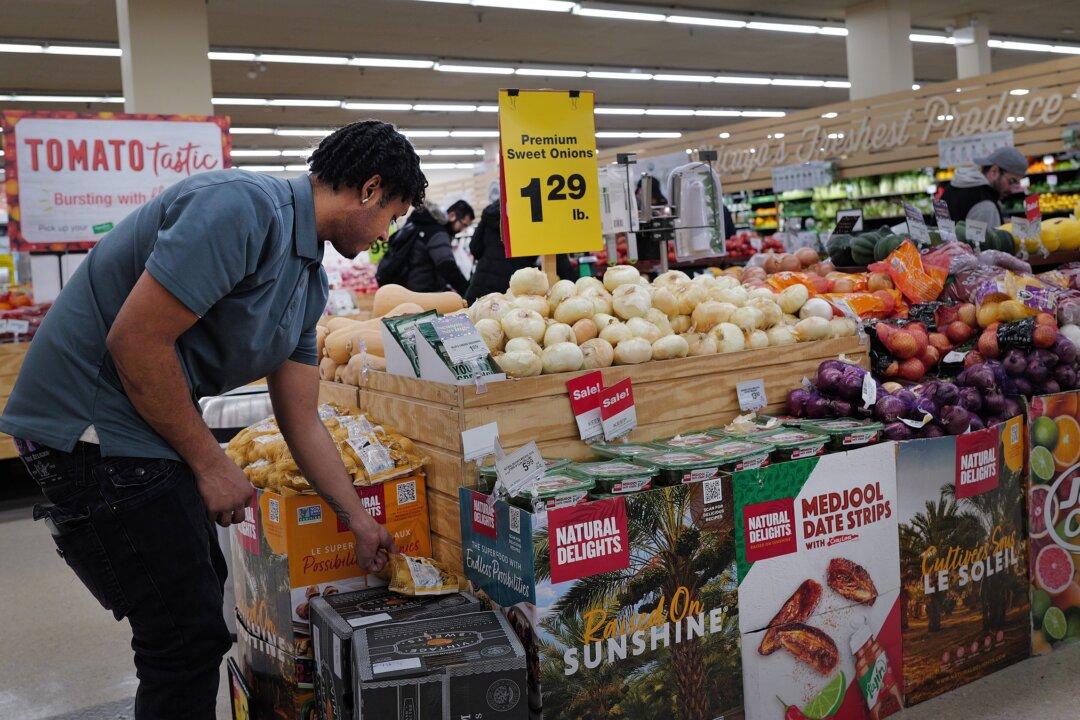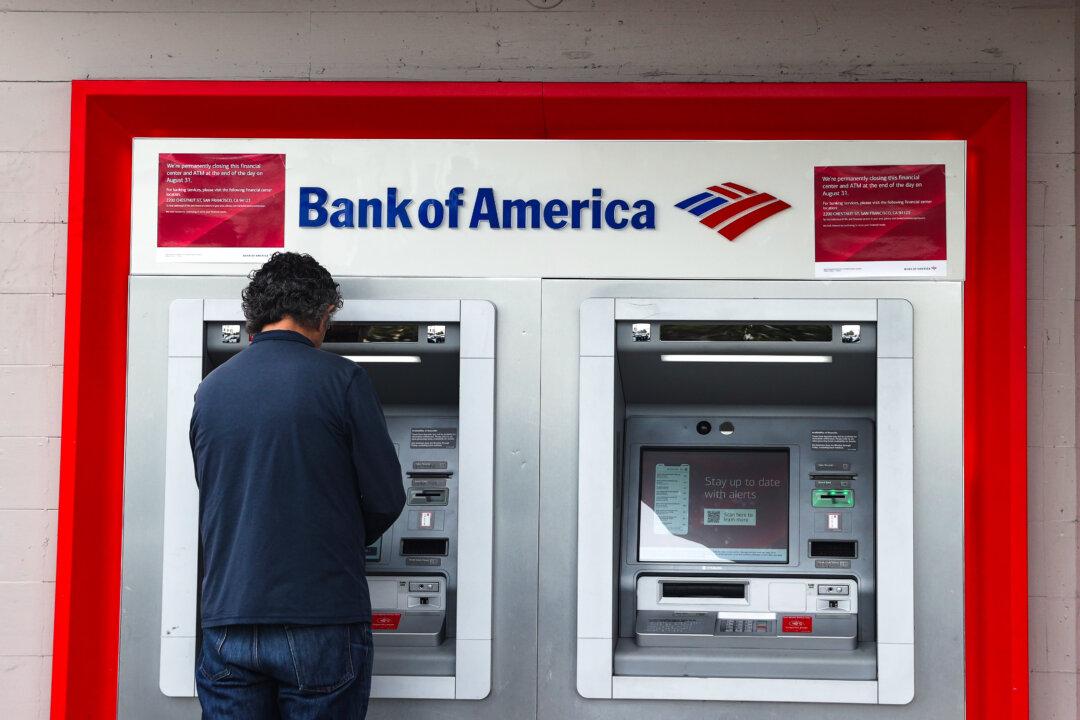Food inflation is expected to continue this year, with the prices of eggs, sugar, and beef rising by more than 3 percent.
- Beef and veal, 3.3 percent
- Poultry, 1.6 percent
- Eggs, 4.8 percent
- Fats and oils, 2.2 percent
- Sugar and sweets, 4.3 percent
- Cereals and bakery products, 0.1 percent
- Fresh fruits, 0.4 percent
- Fresh vegetables, 1.1 percent
USDA ERS also gave data on expected price changes at the producer price index (PPI) level. PPI represents price changes as experienced by domestic producers. This is a key measure, as it could signal what may happen to inflation at the consumer level.
Grocery Troubles
The USDA report comes as a December 2023 survey by retail tech firm Swiftly found that grocery shopping remained a financial burden for many Americans, “with two-thirds of consumers still struggling to afford their grocery expenses.”The Swiftly survey stated that “82 percent of respondents use coupons, 64 percent participate in loyalty programs, and 34 percent utilize retail apps.” In addition, 53 percent of respondents said they have adjusted grocery budgets or shopping habits because of rising interest rates.
“The ongoing fluctuations in inflation, along with other financial pressures like student loan repayments and rising interest rates, are pushing consumers deeper into debt,” Swiftly CEO Henry Kim said in a statement. “Groceries represent a significant portion of consumer expenditure, following housing and transportation costs.”
“Every year since 2009, the U.S. has been at the top (or tied at the top) of the G7 for inability to afford food at times in the previous year,” Gallup stated.
Republicans have blamed President Joe Biden’s economic policies for pushing up grocery prices.
“Years of out-of-control spending by President Biden and Washington Democrats have made it difficult to get inflation under control as working Americans continue to pay more and more for housing, groceries, and everyday basic needs,” Rep. Mike Flood (R-Neb.) said in an April 10 statement.
GOP Blames Stimulus Bills
The Republican National Committee (RNC) argued in January that it was the Democrat-backed $1.9 trillion American Rescue Plan stimulus package from 2021 and the 2023 Inflation Reduction Act that fueled inflation in the economy.“Studies from the Tax Foundation, Penn Wharton Budget Model, Moody’s, and the Congressional Budget Office all found that the bill will either make inflation worse or do basically nothing to bring down inflation,” the RNC said about the Inflation Reduction Act.
In 2022, this jumped to 12.8 percent, representing 17 million U.S. households. This included 6.8 million households that experienced “very low food security, a more severe form of food insecurity in which the food intake of some household members was reduced, and normal eating patterns were disrupted.”
Senate Minority Leader Mitch McConnell (R-Ky.) slammed the Biden administration’s failure to control prices.
“Nearly two-thirds of voters today say our economy is worse than it was four years ago. Not even one in four think our country is on the right track. Barely a quarter of the country expects our economy to improve in the coming year,” he said in a statement on March 13.
“American consumers are shelling out a bigger portion of their income on groceries than at any point in the last 30 years. Across the board, consumer prices are nearly 18 percent higher today than they were when President Biden took office. This is what ‘Bidenomics in action’ really means?”







